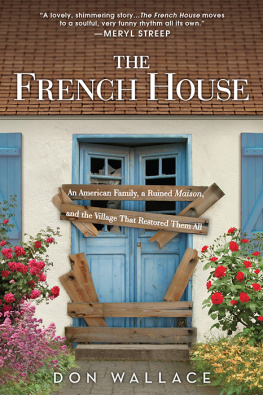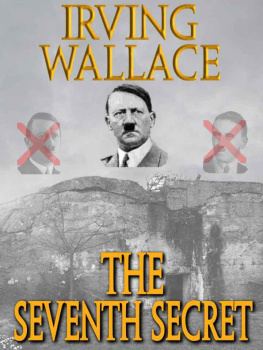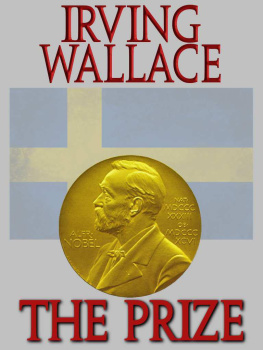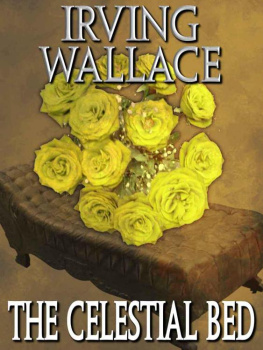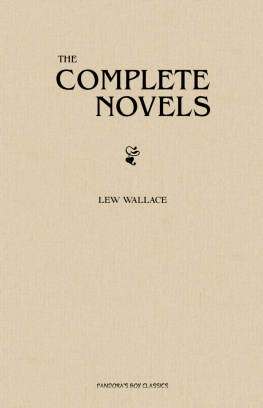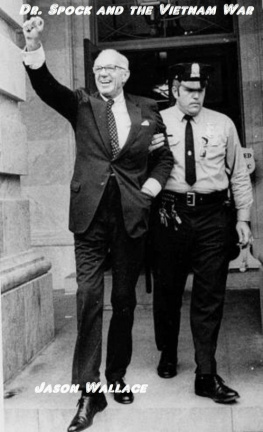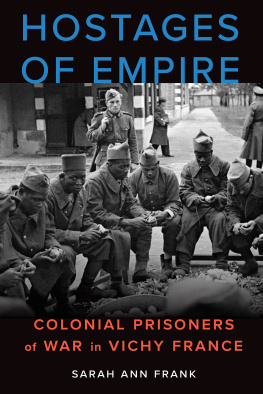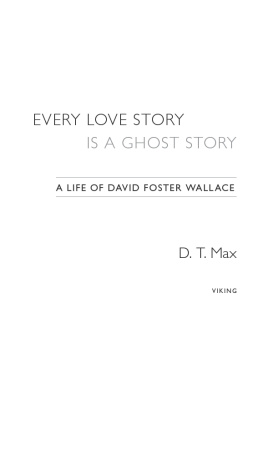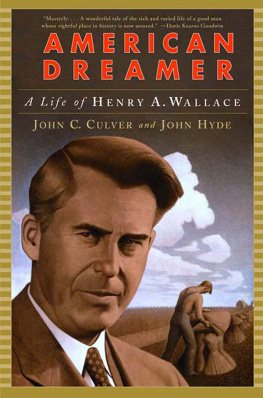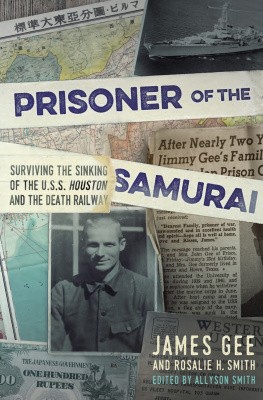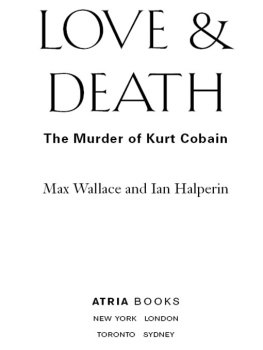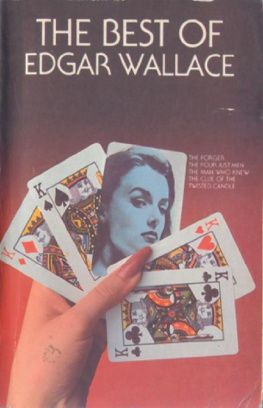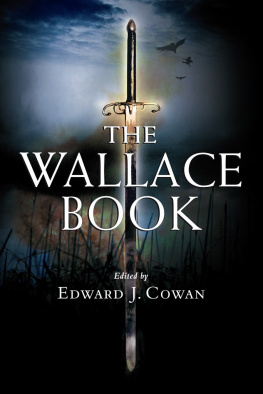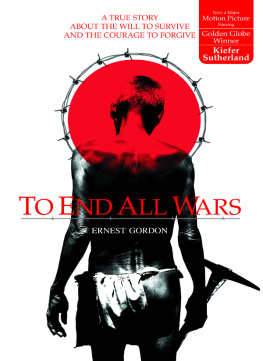Life and Death in Captivity
THE ABUSE OF PRISONERS DURING WAR
GEOFFREY P. R. WALLACE
Cornell University Press
ITHACA AND LONDON
For Fia
Contents
Figures and Tables
Figures
Tables
Acknowledgments
Over the course of writing this book, I have benefited immensely from the kindness and generosity of many people. I originally entered graduate school intent on studying a topic far removed from the subject matter of this book, yet the ongoing wars and debates surrounding detainees at the time raised several questions I have sought to address at least partially in the years that followed. Although the project took a long and winding road, with several detours, I am thankful to those who kept me on track and helped in so many respects along the way.
Cornell, where I began researching prisoner abuse, offered an amazing environment for thinking through the many issues that came up during this project in open yet rigorous ways. Peter Katzenstein was always willing to read numerous drafts of every chapter, irrespective of their quality. He constantly challenged my preconceptions on key points and pushed me to consider the broader implications of my argument. Chris Way instilled the need to be my own harshest critic and look at my findings from as many different angles as possible. I may not have always achieved this goal, but his advice on theory and research design gave me something to aspire to. I was also able to draw on Matt Evangelistas insights into international humanitarian law, which played such a large role in informing the central concept of prisoner abuse in this book. When I began venturing somewhat cautiously into the world of Soviet history, I benefited from his extensive knowledge of Russia to make sure any deviations were kept to a minimum. Jonathan Kirshner time and again was able to pinpoint things I took for granted and reveal differences in important concepts or events I had previously thought to be indistinguishable.
Many individuals commented and offered valuable feedback throughout various stages of the project. For their thoughtful suggestions I thank Ben Appel, Laia Balcells, Christian Davenport, Alex Downes, Kristine Eck, Tanisha Fazal, Ryan Grauer, Paul Huth, Stathis Kalyvas, Holger Kern, Michael Koh, Sarah Kreps, Jay Lyall, Walter Mebane, Mark Peffley, Benjamin Valentino, and Justin Wedeking. Jessica Weeks read an entire earlier version of the manuscript and greatly helped in refining the main ideas. Al Tillery did the same and pushed me to think through the contributions that could be made in the book. At Rutgers, I have been fortunate to be surrounded by a wealth of knowledgeable and supportive colleagues: Jan Kubik, Jack Levy, Roy Licklider, Manny Midlarsky, Michael McKoy, and Paul Poast all helped make this a better book than it would have been otherwise. I thank Roger Haydon at Cornell University Press for taking an interest in this project and for guiding me through the formidable process of translating my initial research into a book. Roger more than lived up to his reputation as a devoted and thoughtful editor and offered detailed comments on many parts of the manuscript. I also appreciate the input from two anonymous reviewers whose suggestions were especially useful. Karen Hwa and Deborah Oosterhouse helped enormously in preparing the final version of the manuscript, tightening the prose, and saving me from countless errors. Sarah Kachovec and Laura Shahan provided excellent research assistance and valuable help at key moments of the project. My apologies to anyone I may have overlooked.
Several institutions offered generous financial assistance that greatly facilitated the research and writing of this book. The Social Sciences and Humanities Council of Canada (SSHRC) provided a multiyear fellowship that was immensely helpful in providing the resources necessary to do much of the early research on the historical treatment of prisoners during war. The Judith Reppy Institute for Peace and Conflict Studies at Cornell University awarded me two research fellowships. These fellowships provided important time to think through key points of the project and also a vibrant intellectual community spanning multiple disciplines, which greatly improved my understanding of the dynamics of war and peace. Lastly, a visiting fellowship in the Niehaus Center for Globalization and Governance at Princeton University offered an amazing environment for tying everything together and making the final changes to the book.
Parts of the introduction and chapters 1 through 3 appeared previously in my 2012 article Welcome Guests, or Inevitable Victims? The Causes of Prisoner Abuse in War, Journal of Conflict Resolution 56 (6): 95581. I thank the journal and the publisher for granting me permission to adapt some of the material from the article into the book.
On a more personal note, I thank my parents, Paul and Gisle Wallace, for their love and support through the years. I am especially appreciative to my Aunt Bern, who showed me the value of always asking questions and finding something interesting in everything. I do not think I would be where I am now if my aunt had not been there every day when I was growing up, reminding me of what could be achieved through a little thought and a lot of effort.
Lastly, I will be forever indebted to my wife, Sophia, who lived through this project just as much as I did, if not more. She offered unending support and encouragement from my first musings on this topic to the final words. She listened patiently as I slowly developed my ideas early on, and read and commented on each and every part of the book several times over. I am thankful that I was fortunate enough to live through this experience with her, a fellow political scientist, and I look forward to sharing many more to come. This book is dedicated to her. Our children, Dahlia and Liam, have grown up over the same period this project moved forward. During the many hard times they provided some much-needed perspective by reminding me there is a world beyond the book, and for this I am most thankful.
Introduction
The degree of civilization in a society can be judged by entering its prisons.
Fyodor Dostoyevsky
Prisons are built to break men, and when a man is broken, society has consummated its revenge.
Jan Valtin, Out of the Night
For soldiers who become prisoners during war, the hellish realities of the battlefield all too often follow them into captivity. As long as there have been wars there have been prisoners, and many of those captured come to suffer in innumerable ways. According to this sinister side of prisoner treatment, enemy combatants are viewed not as mutual human beings deserving of respect, but rather as objects to be dealt with or discarded as captors saw fit. In Roman antiquity prisoners were regarded as a commodity to be sold off as slaves or thrown into the gladiator ring for the entertainment of the masses.
Although enslavement and the ritual killing of wartime captives largely disappeared as common practices over the centuries, captors in
Countering these rather vicious maxims of prisoner treatment is an alternative view emphasizing the inherent rights and protections to be enjoyed by prisoners even, and especially, in the midst of armed conflict. Liberal thinkers like Montesquieu underscored that no violations were ever permitted against captives: The only right that war can give over captives is that they may be imprisoned so that they can no longer do harm.
A gentler and kinder vision of the treatment of captured enemy combatants is not merely the purview of philosophers and lawyers but has also been put into practice in numerous conflicts both past and present. Belying the notion that prisoner abuse is inevitable, the code of chivalry
Next page

